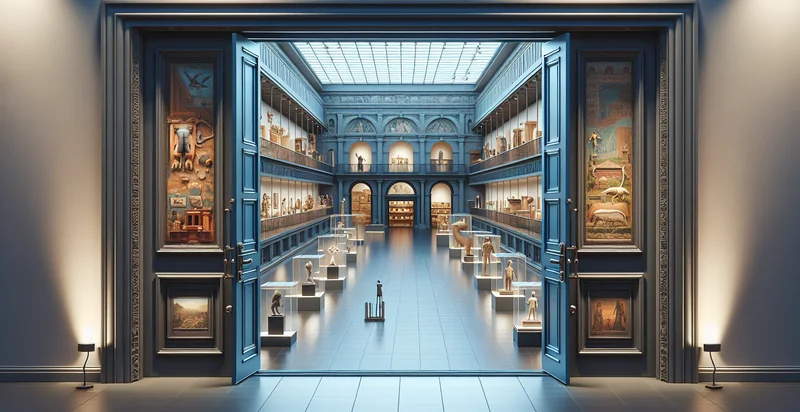Identify museum flags
using AI
Below is a free classifier to identify museum flags. Just upload your image, and our AI will predict what type of flag it is - in just seconds.

Contact us for API access
Or, use Nyckel to build highly-accurate custom classifiers in just minutes. No PhD required.
Get started
import nyckel
credentials = nyckel.Credentials("YOUR_CLIENT_ID", "YOUR_CLIENT_SECRET")
nyckel.invoke("museum-flags-identifier", "your_image_url", credentials)
fetch('https://www.nyckel.com/v1/functions/museum-flags-identifier/invoke', {
method: 'POST',
headers: {
'Authorization': 'Bearer ' + 'YOUR_BEARER_TOKEN',
'Content-Type': 'application/json',
},
body: JSON.stringify(
{"data": "your_image_url"}
)
})
.then(response => response.json())
.then(data => console.log(data));
curl -X POST \
-H "Content-Type: application/json" \
-H "Authorization: Bearer YOUR_BEARER_TOKEN" \
-d '{"data": "your_image_url"}' \
https://www.nyckel.com/v1/functions/museum-flags-identifier/invoke
How this classifier works
To start, upload your image. Our AI tool will then predict what type of flag it is.
This pretrained image model uses a Nyckel-created dataset and has 31 labels, including Rijksmuseum, Art Institute Of Chicago, Boston Museum Of Fine Arts, British Museum, Frick Collection, Guggenheim, Henry Ford Museum, Hermitage, Isabella Steward Gardner Museum and Kimbell Art Museum.
We'll also show a confidence score (the higher the number, the more confident the AI model is around what type of flag it is).
Whether you're just curious or building museum flags detection into your application, we hope our classifier proves helpful.
Related Classifiers
Need to identify museum flags at scale?
Get API or Zapier access to this classifier for free. It's perfect for:
- Art Theft Prevention: Museum security teams can utilize the 'museum flags' identifier to detect art pieces that are not correctly documented or flagged as high risk. By integrating the function with surveillance systems, suspicious activities around incorrectly tagged artworks can be monitored for potential theft or vandalism.
- Exhibit Authenticity Verification: Curators can employ the identifier to cross-check artifacts against the museum’s database, ensuring that only authenticated pieces are displayed. This helps maintain the integrity of exhibitions and builds trust with visitors regarding the authenticity of displayed items.
- Audience Engagement Analytics: By identifying which museum artifacts are frequently flagged, organizations can analyze visitor interest and engagement. This data can inform new exhibits or educational programs, enhancing the visitor experience and potentially increasing attendance.
- Collection Management: Museum staff can use the 'museum flags' identifier to identify objects in the collection that require special handling or conservation efforts. This ensures that necessary care is taken for vulnerable pieces, thus preserving the integrity of the collection over time.
- Compliance and Reporting: Museums can automate compliance checks with legal and ethical standards for displaying certain artifacts. The identifier can flag items that need special permissions or legal review, simplifying reporting processes and safeguarding against potential legal issues.
- Enhanced Visitor Safety: The identifier can be employed to track and manage items that have been flagged for safety concerns, such as fragile or hazardous materials. This information can be relayed to staff to ensure visitor safety protocols are adhered to.
- Training and Education Tools: Museums can use the identifier to train staff on identifying flagged items and understanding their significance. This educational aspect not only boosts the knowledge of museum staff but also enhances overall visitor interactions through improved customer service.


